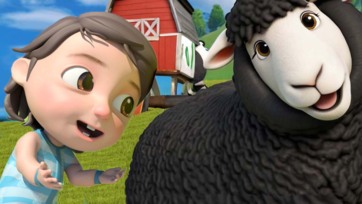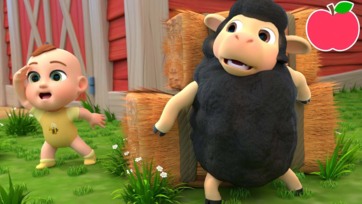The Story Behind "The Wheels on the Bus"
"The Wheels on the Bus" is one of the most beloved nursery rhymes around the world, sung by generations of children since its creation. Though its exact origins are not well documented, this song has become a staple of early childhood education, bringing joy and learning through its catchy melody and repetitive, easy-to-sing lyrics. The song is typically used to engage young children in group activities, encourage movement, and introduce various themes such as transportation, everyday routines, and sound recognition. But where did it all begin, and why has it remained so popular?
The history of “The Wheels on the Bus” dates back to the late 1930s in the United States. It was written by Verna Hills, an American composer, and was first published in 1939. Hills likely wanted to create a song that could be easily sung in a round, much like “Row, Row, Row Your Boat.” The repetitive structure of the lyrics was designed to be simple and memorable for young children, which also made it easy to teach in schools and daycares. In addition, its rhythm resembles the melody of "Here We Go Round the Mulberry Bush," another well-known children's rhyme. These familiar, repetitive patterns are key in helping toddlers and preschoolers develop language skills.
The song's narrative centers on a bus ride, and its verses describe various parts of the bus and its passengers, from the spinning wheels to the wipers and the people onboard. Each verse includes simple actions or sounds that children can imitate as they sing along, making it an interactive experience. For example, when the wheels go “round and round,” children often mimic the motion with their hands, while they might sway or move side to side for other parts of the song.
The song taps into the fascination that young children often have with buses and transportation. A bus is a familiar sight to most children, whether they see it on the way to school, on TV, or in books. It represents movement and adventure, while also embodying routine and daily life. The various elements mentioned in the song (wheels, doors, wipers, horn) offer an opportunity for children to learn about how buses work, and they get to engage with the idea of public transportation in a playful way.
Beyond just being fun, "The Wheels on the Bus" also serves educational purposes. The repetitive nature of the song helps with memory retention and language development, two key areas of early childhood learning. By repeating phrases like “the wheels on the bus go round and round,” children are practicing vocabulary and sentence structure, all while associating sounds with objects (such as the horn going “beep, beep, beep”). In addition, the rhyme introduces kids to sequencing—each part of the bus does something different, but the events happen in a specific order. This helps develop cognitive skills that are crucial for later academic success.
The song has also evolved over time, with countless versions adapted to suit different educational or entertainment goals. For example, teachers and parents might modify the lyrics to teach children about different topics, such as colors, numbers, or animals. You might hear versions where the bus is filled with jungle animals, each making its respective sound, or where the wheels are different colors. This versatility has allowed "The Wheels on the Bus" to remain relevant in various cultures and contexts.
In today’s digital age, the song has found a new life online. There are countless animated videos featuring the song on platforms like YouTube, each with its own unique twist. Some feature cartoon buses that drive through colorful landscapes, while others might have real-life buses driving through cities or countryside scenes. These videos are often designed to captivate children's attention with bright colors, engaging characters, and fun animations, all while promoting early learning.
Despite its long history, "The Wheels on the Bus" continues to be a timeless classic. It’s a nursery rhyme that bridges generations, bringing together parents, grandparents, teachers, and children in a shared experience. Its appeal lies in its simplicity, its educational value, and its ability to adapt to changing times. Whether sung in the classroom, at home, or on a car ride, "The Wheels on the Bus" remains an essential part of early childhood, combining fun and learning in one delightful package.







